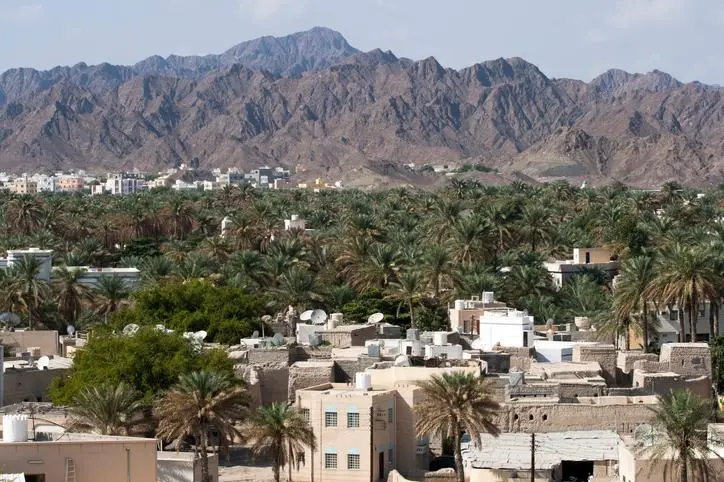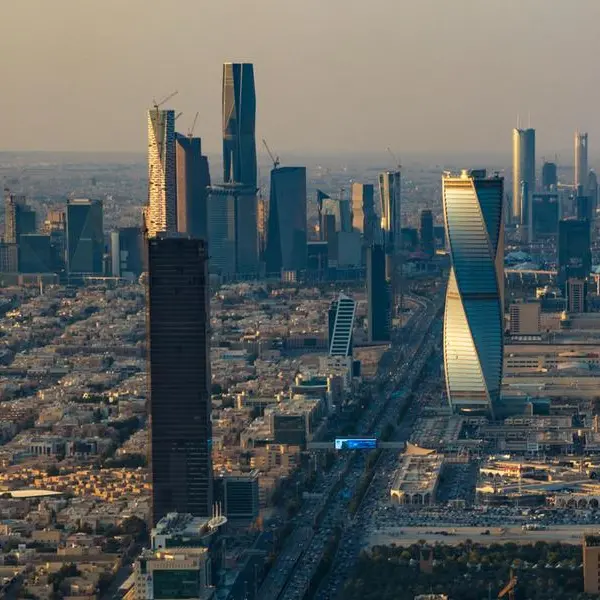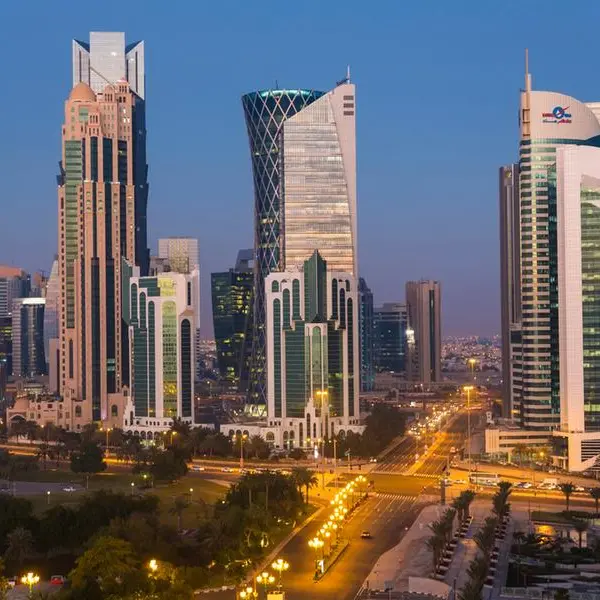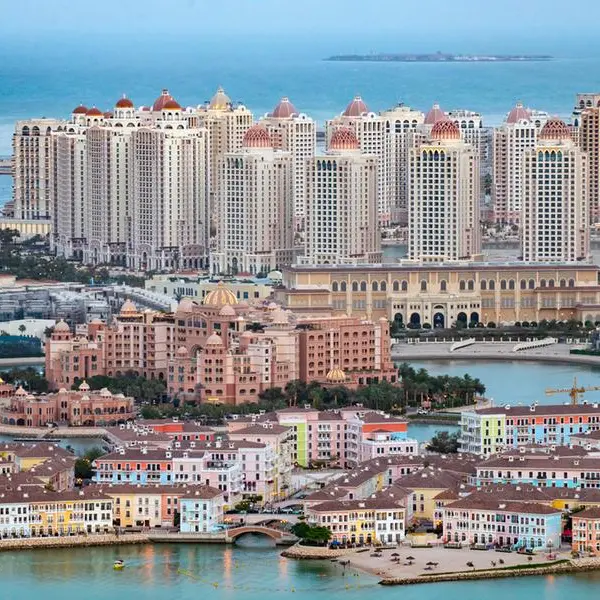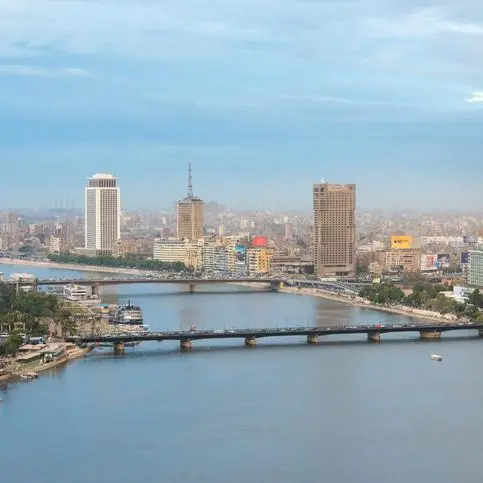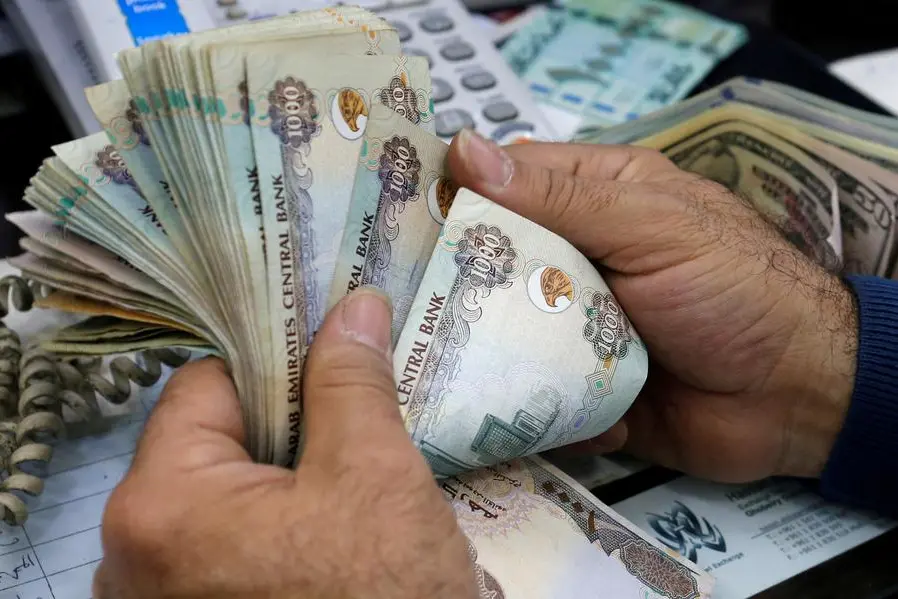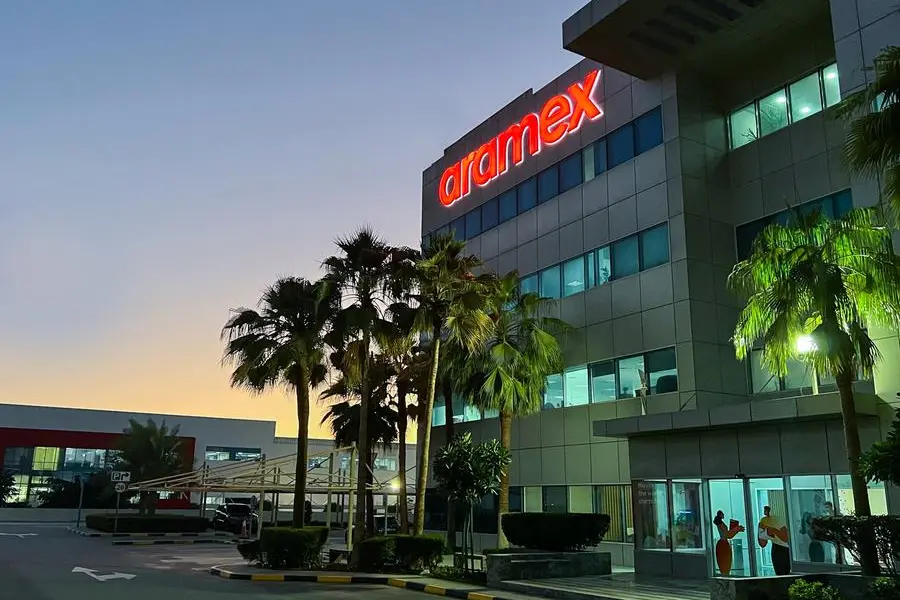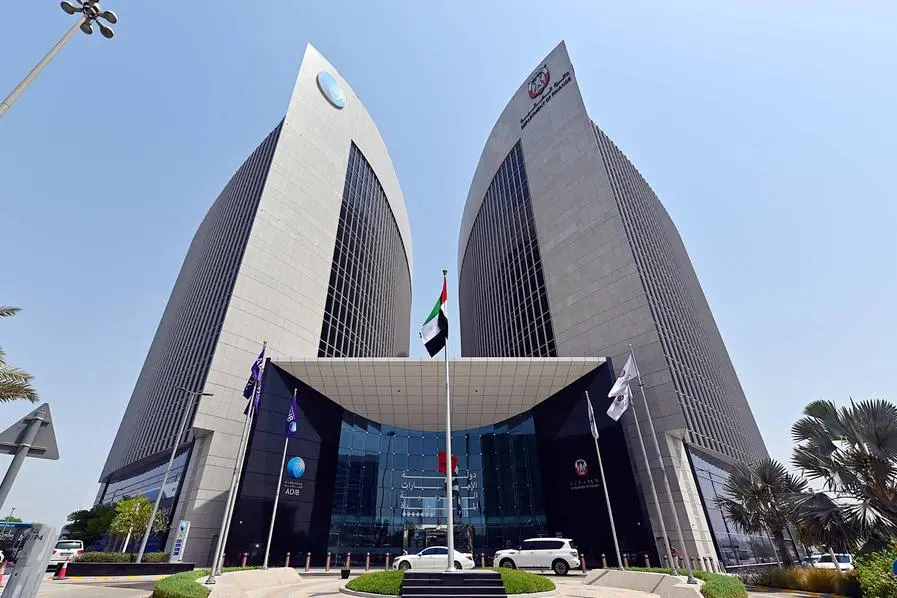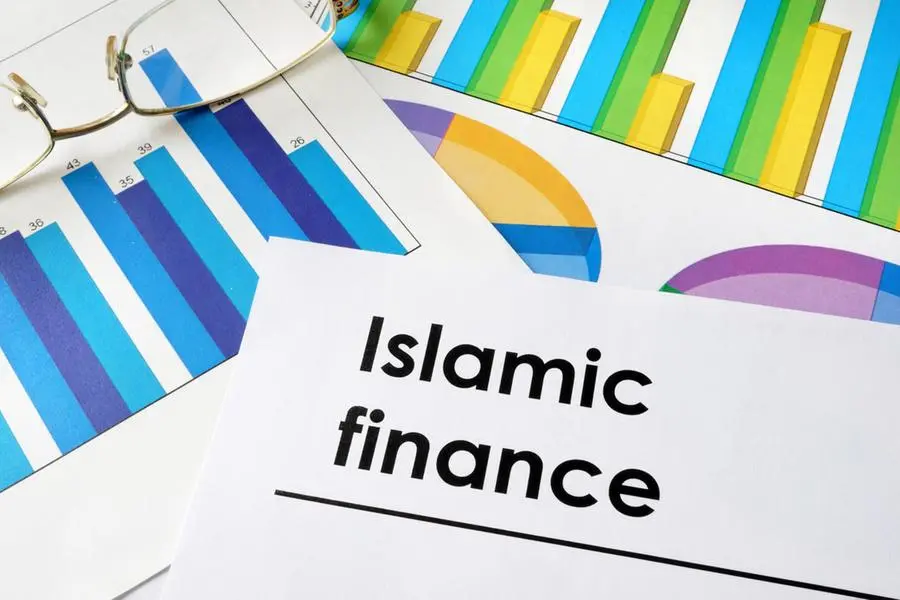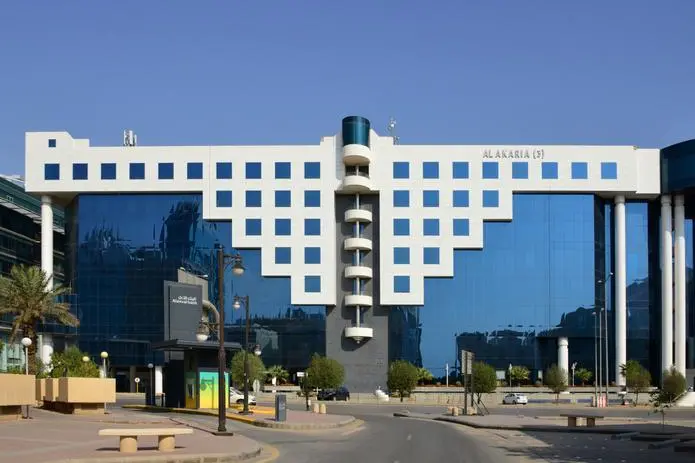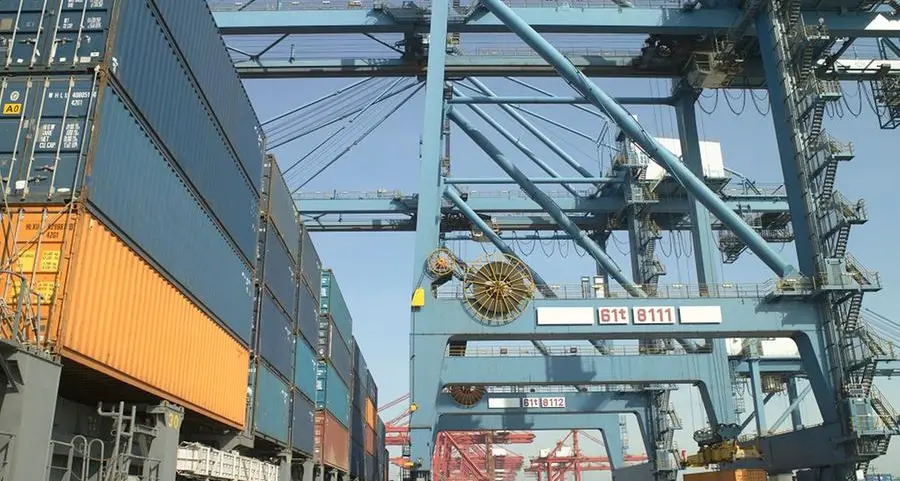PHOTO
Image used for illustrative purpose Cityview of Nizwa, Oman. Reuters
The sweeping global tariffs announced by the US President Donald Trump have shaken bilateral relationships, stunned financial markets, and worried US consumers. They have also bewildered economists because, despite being framed as punishment for countries that apply high tariffs to US goods, they are based instead on the size of the US’s trade deficit with each country. This is the result of spurious reasoning that the existence of a trade imbalance is evidence of unfair trade barriers.
In the case of Oman, the US actually runs a trade surplus, as it does with other GCC states, and therefore faces only the universal 10% tariff rate on most goods. By contrast, other countries have been burdened with much higher rates merely because their exports to the US are larger than their imports (at least in terms of goods – Trump’s calculation ignores trade in services, where the US has a large surplus). Pakistan, for example, is now subject to a 29% tariff rate and Iraq to 39%.
Nonetheless, Omanis may be rightfully annoyed because the two countries have a bilateral Free Trade Agreement under which Oman has placed zero tariffs on US goods since 2009. It did not even retaliate when, in his first term, Trump imposed universal tariffs on aluminum and steel, two of Oman’s largest non-oil exports. Unfortunately, the “Liberation Day” tariffs have ignored free trade agreements. Jordan has a similar agreement, which has led to the development of a garment industry that is a major source of employment and generates a fifth of its exports. However, this is now threatened after it was slapped with 20% tariffs.
For Oman, the new tariffs should not be a major problem for exporters. Only about 2% of Oman’s exports went to the US in 2023, including 7% of its non-oil exports, as shown in the graph. Its steel and aluminum exports have remained strong even after Trump applied tariffs to them in 2018. For most other items, it actually has a competitive advantage now against many other exporters. For example, in the fertilisers sector, a major competitor to Oman, the Netherlands, is now subject to tariffs that are double the rate Oman is being charged.
The real threat to Oman is indirect. Firstly, if the trade war continues, then it is likely to reduce global oil demand. Already, Brent oil has fallen by $10 since Trump’s announcement to a four-year low of $65. Fiscal discipline efforts in recent years mean that this is close to Oman’s budget breakeven; therefore, even if it persists, it would not be a disaster for government finances. However, it would still be painful and would limit the government’s space to invest.
Secondly, the tariffs are expected to significantly increase US inflation. This means that the US Federal Reserve is likely to keep interest rates high in an effort to tame inflation. Oman’s currency peg means that its domestic rates are constrained by those in the US, leading to higher borrowing costs for businesses and individuals. More positively, in a world of rising protectionism, Oman’s commitment to free trade should enhance its attractiveness to investors. Companies building factories in Oman can be confident that they will not incur significant customs duties on their imports. Additionally, their exports, whether to the US or elsewhere, will be subject to generally low tariffs. Amidst the general gloom of a global trade war, this is an important silver lining.
© Apex Press and Publishing Provided by SyndiGate Media Inc. (Syndigate.info).
